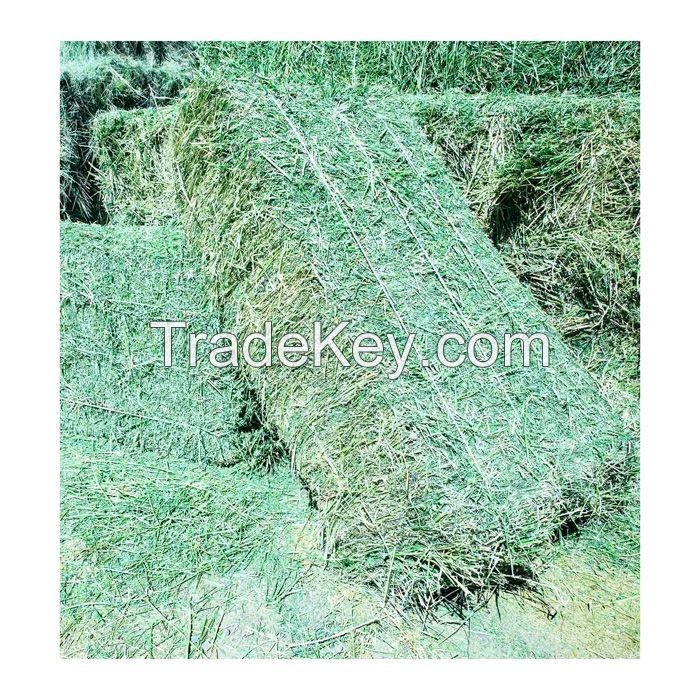
FOB Price
أحصل على آخر سعر330 ~ 400 / Ton
|Minimum Order
Place of Origin:
-
Price for Minimum Order:
Minimum Order Quantity:
10 Ton
Packaging Detail:
As a Customers' Requirement
Delivery Time:
10 to 20 days
Supplying Ability:
10000 Ton per Month
Payment Type:
T/T, Western Union, Money Gram, PayPal
Canada
Alfalfa hay is a forage crop that is harvested from the alfalfa plant (Medicago sativa). It is commonly used as feed for livestock, particularly forage for cattle, horses, sheep, and goats. Here\'s some information about alfalfa hay:
Growth and Characteristics: Alfalfa is a perennial legume that grows in dense clusters of leafy stems. It has a deep root system that allows it to access nutrients and water from the soil. Alfalfa hay is typically harvested when the plants reach a certain height and maturity, usually before flowering, to maximize nutrient content and digestibility.
Nutritional Content: Alfalfa hay is highly nutritious and is considered a high-quality forage for livestock. It is rich in protein, vitamins (such as vitamin A, vitamin D, and vitamin E), minerals (such as calcium, phosphorus, and magnesium), and fiber. The protein content of alfalfa hay can range from *5% to *2%, depending on factors such as harvest maturity and growing conditions.
Culinary Uses: While alfalfa hay is primarily used as feed for livestock, it can also be used as a component of a hay-based diet for certain types of pet rabbits, guinea pigs, and other small mammals. However, it is essential to ensure that the hay is free from mold, dust, and other contaminants that could harm these animals.
Health Benefits: Alfalfa hay provides several health benefits for livestock, including:
Varieties: There are several varieties of alfalfa hay, each with its own characteristics and suitability for different climates and growing conditions. Common varieties include non-dormant alfalfa, which grows well in mild climates with adequate moisture, and dormant alfalfa, which is more tolerant of cold temperatures and drought conditions.
Storage: Alfalfa hay should be stored in a dry, well-ventilated area to prevent mold and spoilage. Bales should be stacked off the ground on pallets or racks to allow air circulation and minimize moisture absorption from the ground.
